Take A Look At Some Previous Work From The Team At Trenchless Innovations
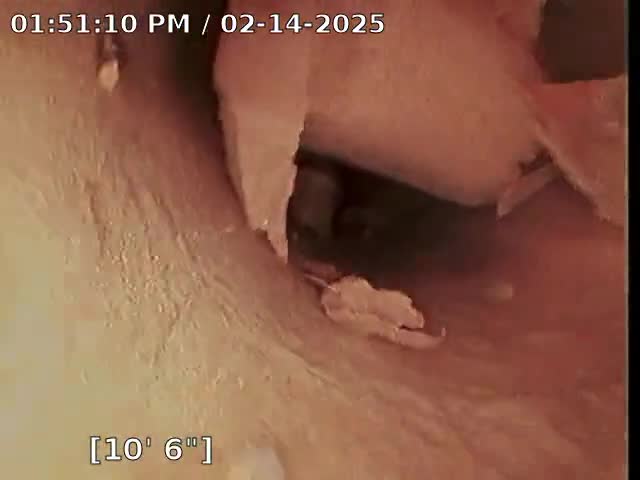 In-Slab Air Duct Restoration – Wheeling, IL (Winter 2025)
In-Slab Air Duct Restoration – Wheeling, IL (Winter 2025)
Duct Disaster Averted: Expert In-Slab Air Duct Repair in a 1980s Wheeling Home Initial Concern Odor and Debris in Ducts In the late winter of…
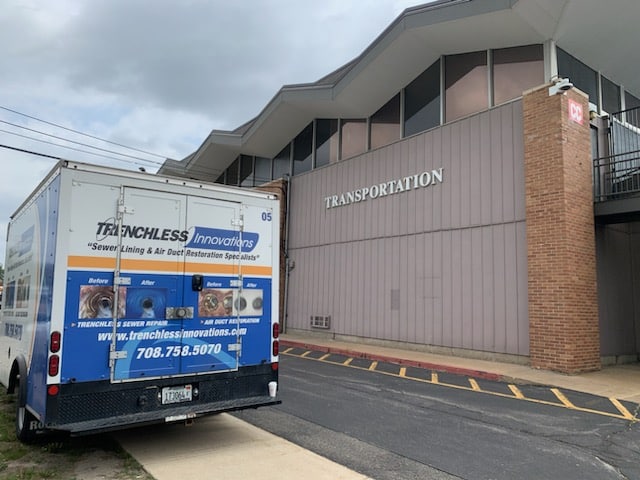 Trenchless Sewer Line Repair for Chicago-Area School District
Trenchless Sewer Line Repair for Chicago-Area School District
200 Feet of Failing Sewer Pipe Restored Without Excavation When a school district west of Chicago reached out to us with concerns about the sewer system at…
 Spray Lining Old Pipes at Chicago High-Rise
Spray Lining Old Pipes at Chicago High-Rise
Trenchless Innovations was contacted by the building engineer of a 72 floor high-rise building with the goal of extending the lifespan of some newly installed…
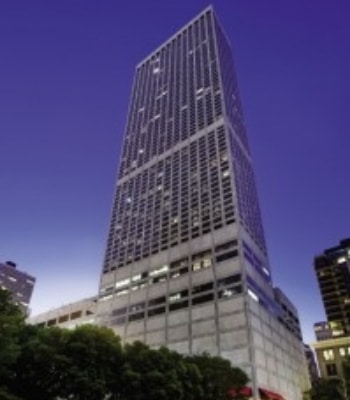 A Repair at the Ritz
A Repair at the Ritz
Ritz-Carlton Hotel, Chicago, Illinois Trenchless Innovations Solves A Unique Problem Faced by the Ritz-Carlton Chicago Hotel For many people, the name “Ritz-Carlton” conjures up images…
 Air Duct Repair at Chicago Hospital
Air Duct Repair at Chicago Hospital
An Urgent Air Duct Repair Request In the spring of 2019, Trenchless Innovations was contacted by a south side Chicago hospital with an urgent request for…
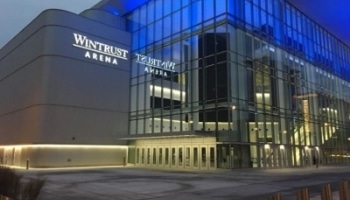 Air Duct Sealing Prevents Problem at Wintrust Arena
Air Duct Sealing Prevents Problem at Wintrust Arena
When an above ground air duct problem at the Wintrust Arena in Chicago was discovered by management, innovative air duct sealing from Trenchless Innovations solved the…
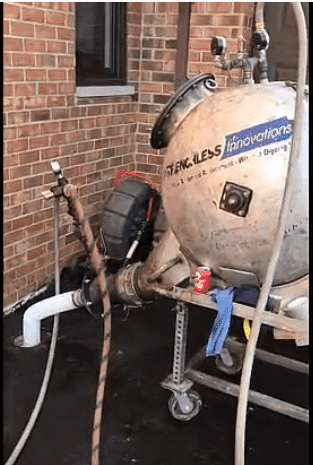 Sewer Repair Saves the Day in Orland Park
Sewer Repair Saves the Day in Orland Park
Trenchless Innovations recently performed a sewer repair in Orland Park, Illinois, after we received an urgent call from a property manager because the sewer was…
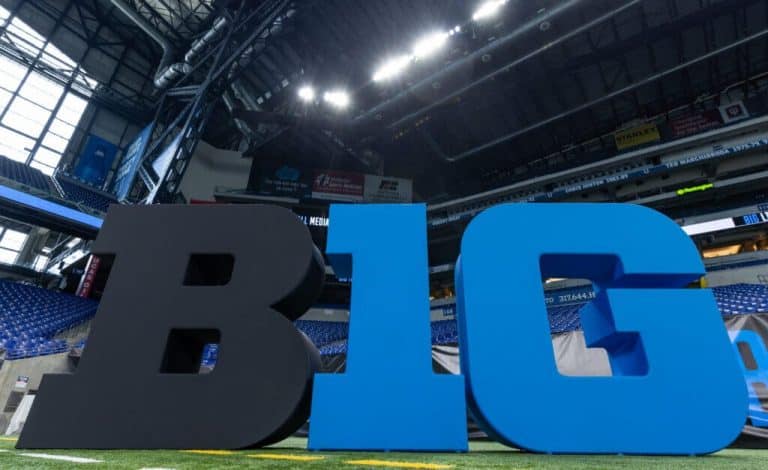 Duct sealing “seals” a victory over a B1G air duct problem
Duct sealing “seals” a victory over a B1G air duct problem
A Discovery During Renovations Air duct sealing saved the day at a Big Ten university athletic facility when two deteriorating air ducts were discovered during…
 Air loss “handled” by Trenchless Innovations
Air loss “handled” by Trenchless Innovations
Unexpected Air Loss When a busy Chicago hospital realized they had an air loss problem, they called the experts to fix it. As part of…
 Sewer lining at pharmaceutical plant
Sewer lining at pharmaceutical plant
An Illinois plumbing company contacted Trenchless Innovations for help installing a liner into a sewer at a large Northern Illinois pharmaceutical company. The sewer showed heavy…
